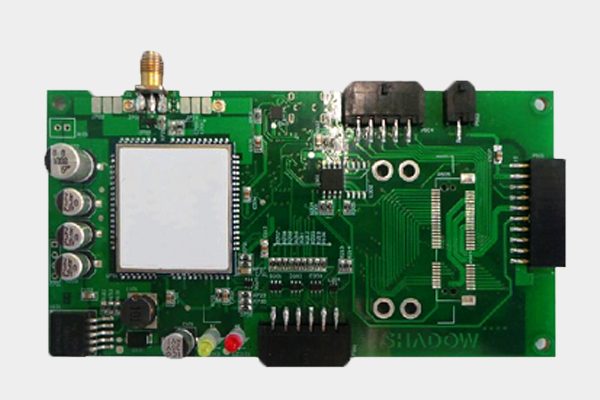About us
FASTPCBA Co.,Ltd
-
 Building 1, Senyang Electronic Technology Park, Guangming High-tech Park, Yutang Street, Guangming District, Shenzhen City.
Building 1, Senyang Electronic Technology Park, Guangming High-tech Park, Yutang Street, Guangming District, Shenzhen City.
-
 F:86-13418481618
F:86-13418481618
-
 [email protected]
[email protected]
 date:2018-12-07 15:59:00
date:2018-12-07 15:59:00
What is CCL
CCL: COPPER CLAD LAMINATE, referred to as CCL, or sheet
a) Tg: GlassTransition Temperature, the glass transition temperature, which is the temperature at which a glassy substance converts between a glassy state and a highly elastic state (usually softened). In the PCB industry, this glassy substance generally refers to a resin. Or a dielectric layer composed of a resin and a fiberglass cloth. Our common TG sheet Tg requirements are greater than 135 ° C, medium Tg requirements greater than 150 ° C, high TG requirements greater than 170 ° C. The higher the Tg value, the better the heat resistance and dimensional stability.

c) CTE: Coefficient of thermal expansion, which is a measure of the linear expansion coefficient of a PCB sheet. It is defined as the ratio of the increase in length per unit temperature to the original length, such as Z-CTE. The lower the CTE value, the better the dimensional stability, and vice versa.
d) TD: thermal decomposition temperature refers to the temperature at which the base resin is subjected to heat loss by 5%, which is a sign that the substrate of the printed board is heated and causes delamination and performance degradation.
f) T288: It is a technical index reflecting the soldering condition of the printed board substrate. It refers to the longest time that the substrate of the printed board is subjected to soldering high temperature at 288 °C without causing decomposition phenomena such as foaming and delamination. The more time this is, the better the welding.
g) DK: dielectric constant, dielectric constant, often called dielectric constant.
h) DF: dissipation factor, the dielectric loss factor, refers to the energy that has been lost in the insulating sheet in the signal line, and the ratio of energy in the line.
i) OZ: oz is the abbreviation of the symbol ounce, the Chinese called "ounce" (Hong Kong translated as oz) is an English unit of measurement, also known as the British two as a weight unit; 1OZ means that the weight of 1OZ of copper is evenly tiled in 1 The thickness achieved over an area of square feet (FT2), which is the weight per unit area used to represent the average thickness of the copper foil. Expressed by the formula, 1OZ = 28.35g / FT2.
 Building 1, Senyang Electronic Technology Park, Guangming High-tech Park, Yutang Street, Guangming District, Shenzhen City.
Building 1, Senyang Electronic Technology Park, Guangming High-tech Park, Yutang Street, Guangming District, Shenzhen City.
 F:86-13418481618
F:86-13418481618
 [email protected]
[email protected]